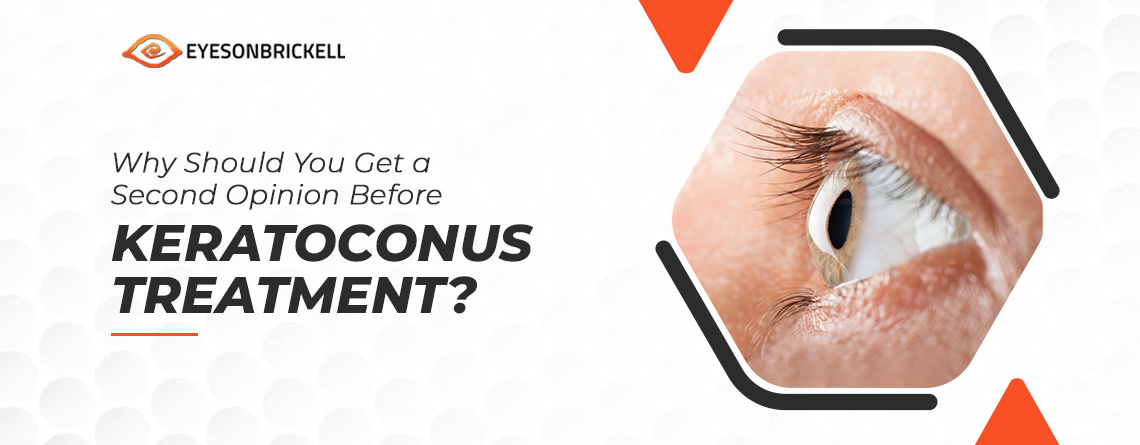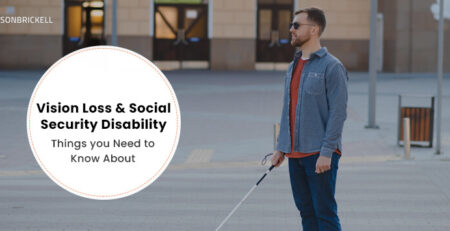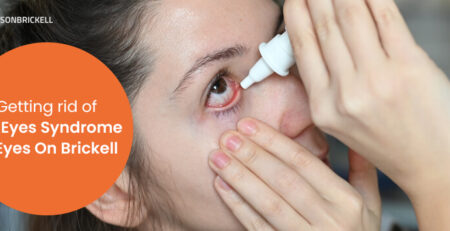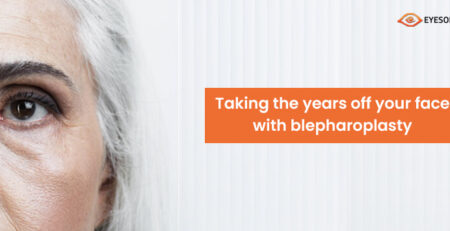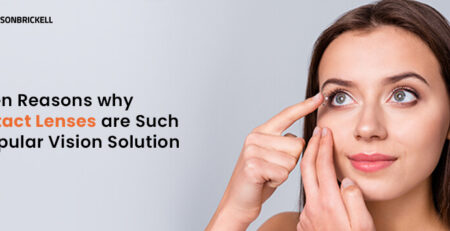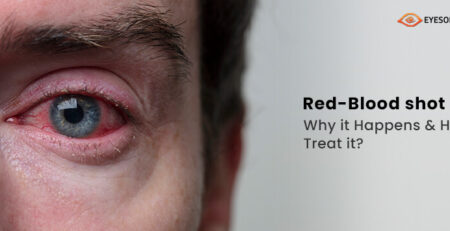Why Should You Get a Second Opinion Before Keratoconus Treatment?
Have you heard the term “Keratoconus Treatment” before?
If you or someone you know has been diagnosed with keratoconus, this blog post is for you. Here we will discuss the definition of keratoconus, its causes, symptoms, diagnosis, and treatment. But before you move ahead with the treatment, you should get a second opinion from an eye clinic about the keratoconus diagnosis. At Eyes on Brickell, our team of expert doctors offers the best keratoconus treatment in Brickell and improve patients’ vision.
What is Keratoconus Treatment?
Keratoconus is a progressive eye disorder that causes the cornea to become thin and cone-shaped. Every layer of the cornea can be affected by this comparatively prevalent disorder, which frequently causes high myopia and astigmatism. While this disease is a serious eye condition, it can be managed with treatments such as eyeglasses, contact lenses, and corneal cross-linking. To learn more details about keratoconus, read here.
Types of Keratoconus
Did your eye doctor provide you with any information regarding the severity of your keratoconus? Whether yes or no, it is essential to understand the degree of your eye condition to determine the best possible treatment options. If you were not given this information, it would be wise to ask your eye doctor to explain the severity of your keratoconus.
Let’s Learn About Its Types:
- Forme Fruste Keratoconus: 1. This is the mildest variation of keratoconus. Although it rarely results in headaches, dry eyes, itchy eyes, or other typical keratoconus symptoms, it does reduce vision. Thankfully, this type can be treated with special eyewear or soft contact lenses.
- Nipple Cone Keratoconus: This kind is the most cone-shaped. The bulging is frequently concentrated in a small region near the cornea’s center.
- Oval Cone Keratoconus: This type causes the cornea to bulge more noticeably, usually most severely at the bottom or outer section of the cornea.
- Globus Cone Keratoconus: Globus cone KC, one of the most serious types of keratoconus, causes a significant portion of the cornea to thin and bulge—approximately 75% or more.
- Pellucid Marginal Degeneration: The lower half of the cornea experiences a narrow band of thinning due to PMD, which causes the cornea to protrude, frequently in the form of a bell.
- Corneal Hydrops: The cornea is actually made up of several layers, despite the fact that until now we have referred to it as just one type of tissue. In corneal hydrops, fluid can accumulate between the layers of the cornea, causing it to swell and become cloudy and white. This can be inconvenient at times.
Why is a Second Opinion Necessary for Keratoconus Treatment?
You should seek a second opinion about your keratoconus for the same reasons you would for any other severe medical diagnosis. In general, you want to ensure that you have the right diagnosis. Following that, you want to be certain that you will obtain the appropriate eye care services for your specific diagnosis.
Precision in Diagnosis: One of the first signs of keratoconus is that your vision prescription is difficult to produce and changes more frequently than prescriptions in eyes without keratoconus. Once a doctor detects keratoconus, determining the type of keratoconus necessitates the use of modern, high-precision instruments capable of measuring your eyes down to the micron. With the appropriate tools and training, our eye doctor will be able to make an accurate diagnosis and recommend the best treatment for you.
Keratoconus Treatments: It’s essential to consider your keratoconus treatment options before selecting one with your doctor because each type of KC is different. Indeed, each patient’s unique eye requires a different keratoconus treatment. Many eye doctors favour surgical treatment for keratoconus, but there are other options, many of which do not require surgery.
- Corneal Transplant Surgery is only required in a small proportion of cases, and that is typically only when the cornea is scarred, cloudy, or physically damaged, as in Globus Cone keratoconus.
- Intacs Implants, which are semi-circular plastic arcs put inside the cornea with the aim of forcing the cornea into a flatter, more uniform shape, are another type of surgery. The procedure entails making tiny incisions in your cornea into which the Intacs implants are inserted and then pushed through.
- Conventional Lenses: If you have very mild keratoconus, you might only need spectacles or over-the-counter soft contact lenses to correct your vision issues. However, since keratoconus is a progressive condition that can cause your corneas to change shape over time, you’ll still need to have regular eye examinations.
- Custom contact Lenses: You might require custom contact lenses if your keratoconus is more advanced in order to correct your eyesight issues. Custom contact lenses come in a variety of designs, including:
Hybrid Lenses: Not everyone can wear hard contact lenses because they can damage the eyes. Some people find hybrid lenses more comfortable because they are harder in the center and softer on the outside.
Scleral Lenses: People with corneas that are very irregularly shaped as a result of more advanced KC can benefit from these glasses. Scleral lenses don’t rest on the corneas immediately. They don’t contact the cornea; instead, they rest on the sclera, the white portion of the eye. You can check out our specialty lens services.
Conclusion
Keratoconus can have a significant impact on a person’s vision, so it is important to get a second opinion before starting any treatment. Getting a second opinion from our eye clinic Eyes on Brickell can provide an objective assessment of the condition and help ensure that you are receiving the best care possible.
Additionally, you can also seek a second opinion from us to identify any potential problems that were overlooked by the first opinion. We can also help confirm the initial diagnosis and provide additional insight into the best possible approach to the scleral lens fitting process. We use computer-assisted corneal topography devices such as the sMap3D corneo-scleral topographer, which captures one million measurement points to create detailed maps of the cornea and scleral. Our eye specialist, Dr Copty, has successfully treated the keratoconus patient with the above-mentioned treatment methods.
To consult with our eye doctor, schedule an appointment. Call us at 786-801-1335

